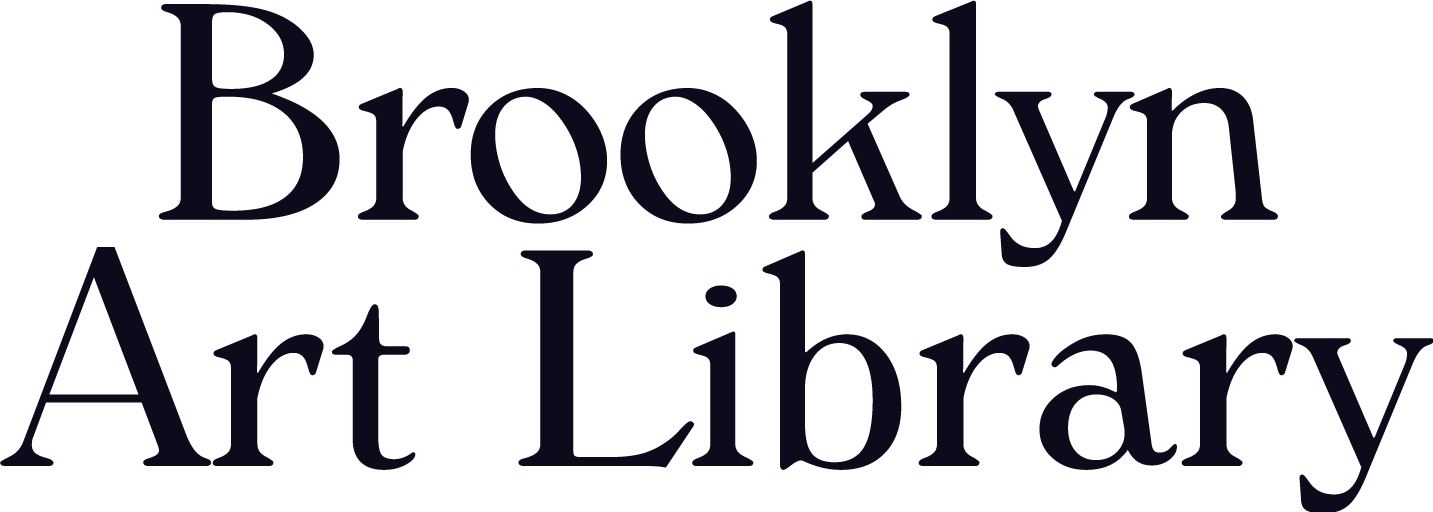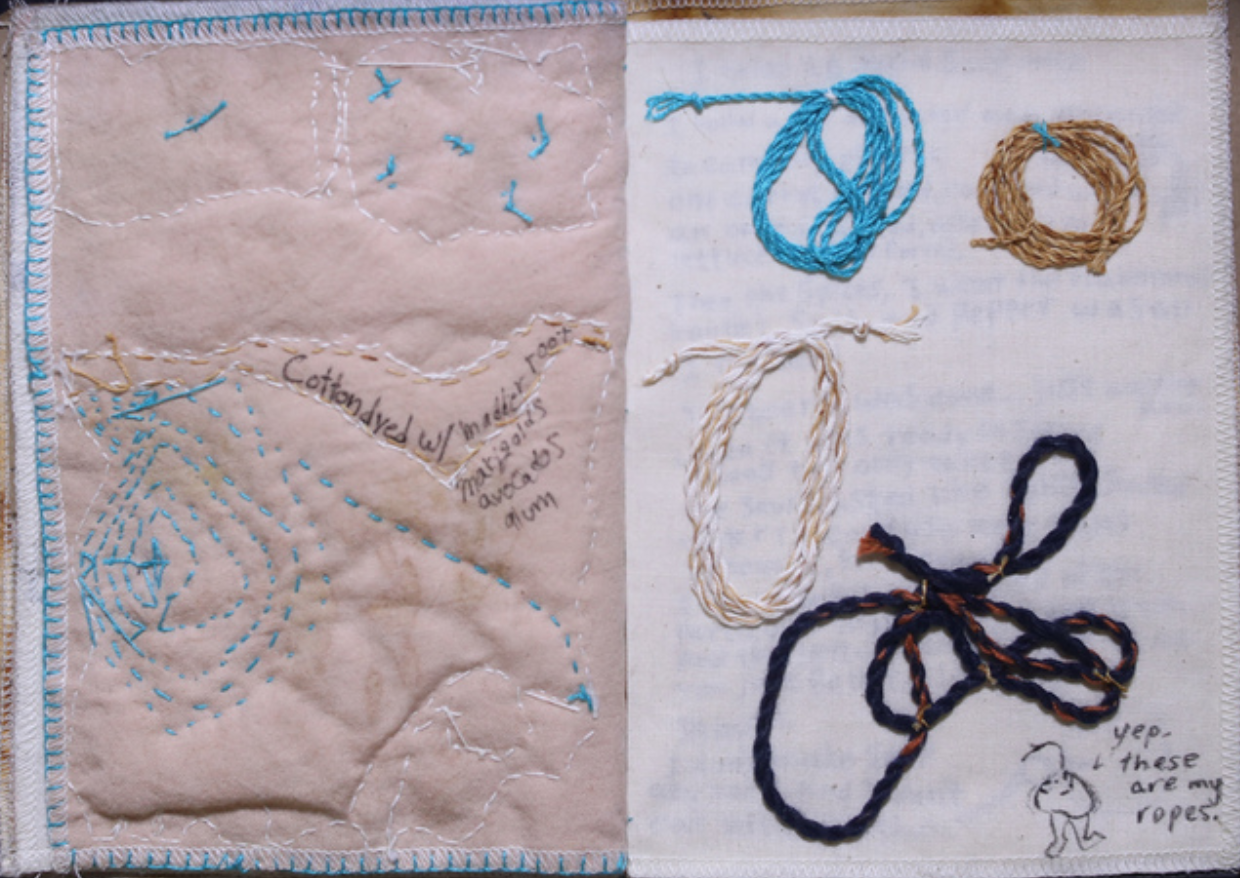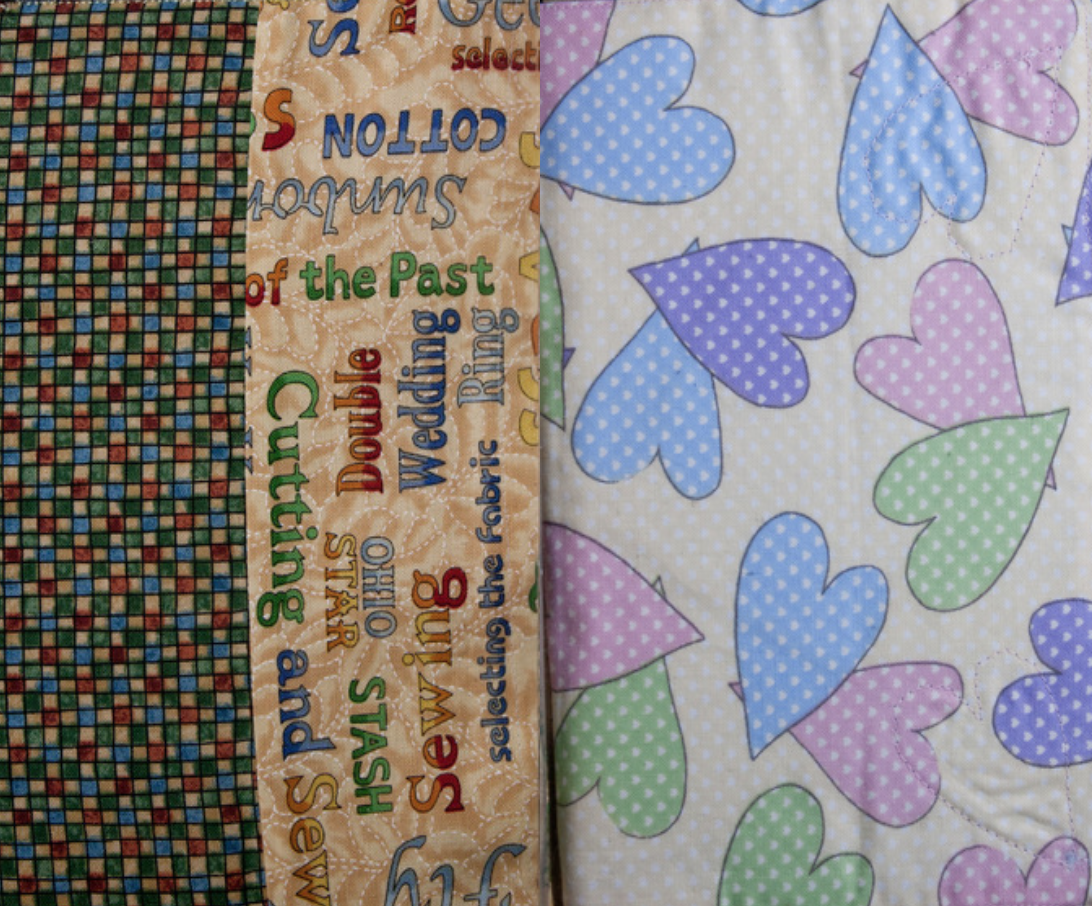Reduced, Reused, Recycled
Happy Earth Day! 50 years ago today, 20 million Americans took to the streets, created artworks, and used music and other educational resources to speak out against the harmful effects of pollution on our environment and demand greater protections for the species and landscapes that make up the natural world.
A lot has changed since then, but the fight to address the issues of climate change and mass extinction, to preserve local and global ecosystems for future generations, continues on national and international scales. We hope all of you spend today reflecting on what you can do to help the Earth. Whether it’s advocating for the health of the most vulnerable people and species in your communities, making sustainable changes to your own lifestyle, supporting organizations with eco-minded missions, contacting lawmakers to push for greater environmental policy, or even making art about the issues you’re passionate about, each action is a step towards greater change.
In honor of this momentous holiday, we chose five sketchbooks that use recycled materials to tell stories about our world, and we hope you’ll be inspired to find new ways to incorporate scraps and discarded objects into your own creative endeavors.
Kathleen Hill’s “Our Daily Trash” is equal parts archive and critical look at how much waste we produce everyday. In her description of her sketchbook, she writes, “I am intrigued by our collective relationship to [trash] and how this reflects back to our niche in the biosphere that sustains us. We have all heard about the vast Pacific Garbage Patch, but are we aware of the garbage we generate and discard each day?” Each page is a miniature still-life, with Hill’s own ghostly illustrations reminding us of each object’s purpose. There’s green netting and saran wrap from produce, tea bag sachets peeking through transparent plastic windows, even a wrapper from a macadamia nut bar is preserved with delicate beauty.
Textiles and sustainability are at the heart of Sophia Lengle’s artistic practice. With a background in fiber arts, the Canadian artist uses sewing, weaving, and illustration to breathe new life into fabric scraps and old garments. Her Vol. 14 sketchbook, “Cotton, Rust and Thread (Thoughts While Housekeeping),” is a wonderful menagerie of experiments: cloth dyed with avocados and marigolds, whimsical creatures dancing among thread, even a story about a failed soup recipe. Much like scraps in a recycling bin, domestic musings and daily observations tumble together in this cloth-based sketchbook. You can check out more of Lengle’s works-in-progress, including a garment made with river rocks, by visiting her Instagram!
In her 2012 sketchbook, “Through the Trees,” Australian artist Barbara Coddington confronts the conflict within her own practice: her passion for forests and her consumption of paper to create artworks. This book, made from both handmade paper and scraps pulled from magazines, is a way to reconnect us with the source of this material we often take for granted. Much like forests, each page full of trees is dense with texture. Lines of embroidery thread weave through each page like gusts of wind, sometimes fraying out of the sketchbook’s confines like wandering roots. If you are looking for ways to experiment with paper as a medium, you can also view her 2011 sketchbook.
Constance Del Nero’s “Junk Mail Fish” is a playful approach to recycling. This 2015 sketchbook is a delightful aquarium made of unexpected pieces: fragments of advertisements, envelopes from bank mailings, slivers of catalogs and magazines. She even invents new species like a “free fish,” “pancake fish,” or “fast food fish” to draw our attention to the consequences of such pollution. A multimedia artist who works primarily in collage and drawing, Del Nero creates a fictional sea filled with the consequences of excessive, unnecessary waste. She writes, “We live in a marvelous, colorful, beautiful, yet polluted world. People often don't notice the waste all around us. We just stop ‘seeing’ it.” You can check out more of Del Nero’s artwork, inspired by the beauty of chance encounters, on her website.
Jennifer Wilson, a Canadian quilting and sewing enthusiast, decided to make her 2016 sketchbook, titled “Log Cabin Leftovers,” out of the scraps from previous projects that would usually be thrown away. With textile waste a great concern in the fashion industry, Wilson’s book is a reminder that, through experimentation, we can find solutions to problems of fiber reuse. This particular sketchbook was a challenge for Wilson, as this was her first time producing something without a guide or pattern to reference. Just looking at these scraps will fill you with a nostalgic warmth, and remind you of the powerful comfort textiles can provide us, as well as the memories they can hold over time.





